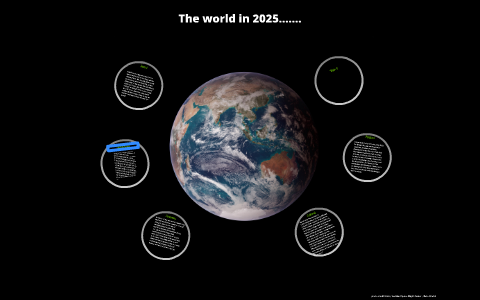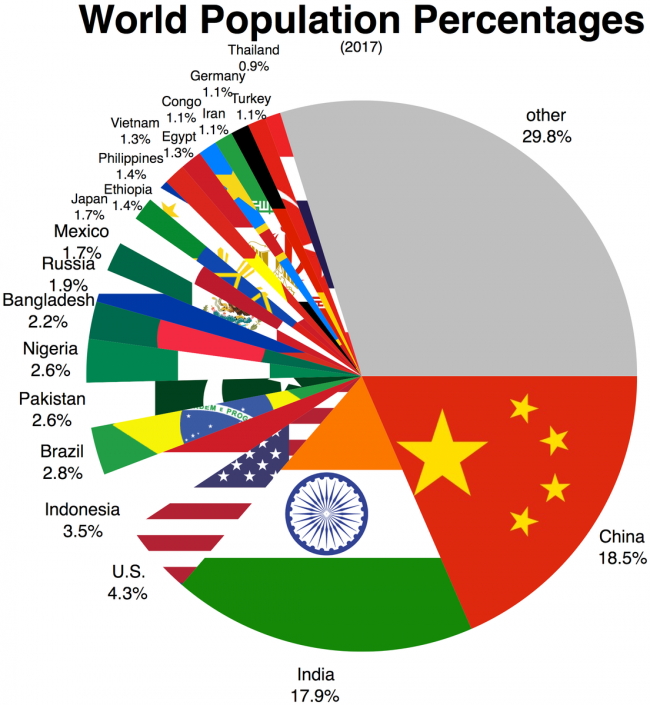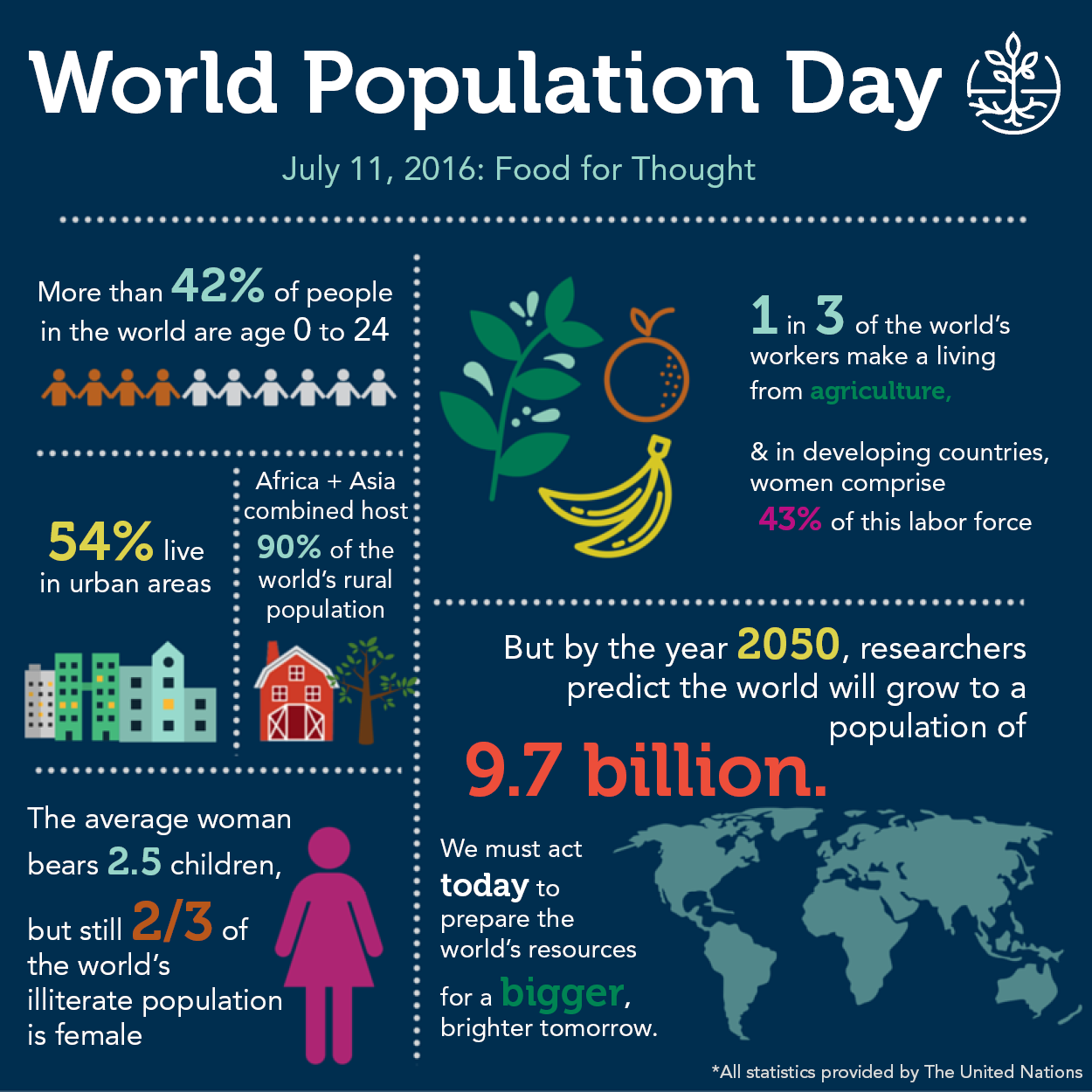Tracking Global Growth: World Population by Year with Worldometer
Table of Contents
- The world in 2025....... by Hollie De Landre on Prezi
- The world's population is expected to reach 10.3 billion people in the ...
- World'S Strongest Man 2025 Results Wikipedia - Michael Kilmer
- Global Trends 2025 | visualign
- By 2030 more than 20% of people will be over-65 in at least 34 ...
- Life Expectancy 2025 By Country 2025 - Jonathan Mackay
- What will be the Population of the World? (2023 - 500,000) How Many ...
- Can the World Sustain 9 Billion People by 2050? | Peak Oil News and ...
- World Population 2025 In Billion - Rebecca Stewarts
- Happy Monday: 2018



Introduction to Worldometer



World Population by Year




Regional Population Trends
Worldometer also provides data on regional population trends. Some notable insights include: Asia: The most populous region, accounting for around 60% of the world's population. Africa: The fastest-growing region, with an annual growth rate of 2.7%. Europe: The slowest-growing region, with an annual growth rate of 0.1%. Understanding regional population trends is essential for addressing specific challenges and opportunities in each region. Tracking world population by year with Worldometer provides valuable insights into global growth trends. The data highlights the need for sustainable development, resource management, and social policies that address the challenges and opportunities presented by a growing population. As the world continues to urbanize and develop, it is essential to monitor population growth and its implications for the environment, economy, and society. By using reliable sources like Worldometer, we can stay informed and make informed decisions about the future of our planet.For more information on world population by year and other statistics, visit Worldometer's website and explore the wealth of data available.
Note: The word count of this article is approximately 500 words. The HTML format is used to structure the content, with headings (h1, h2) and paragraphs (p) to improve readability and search engine optimization (SEO).